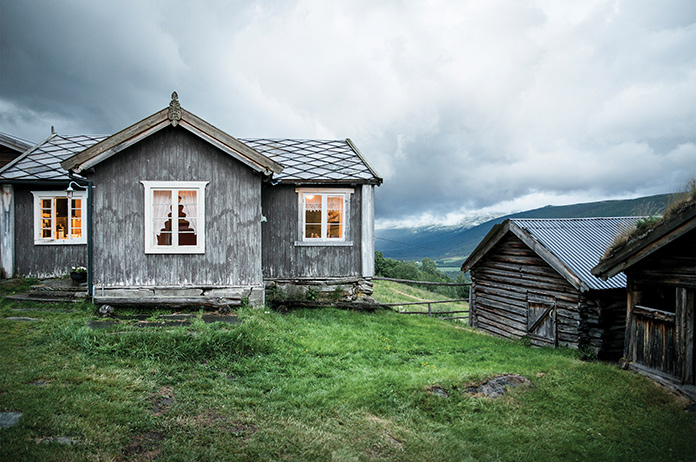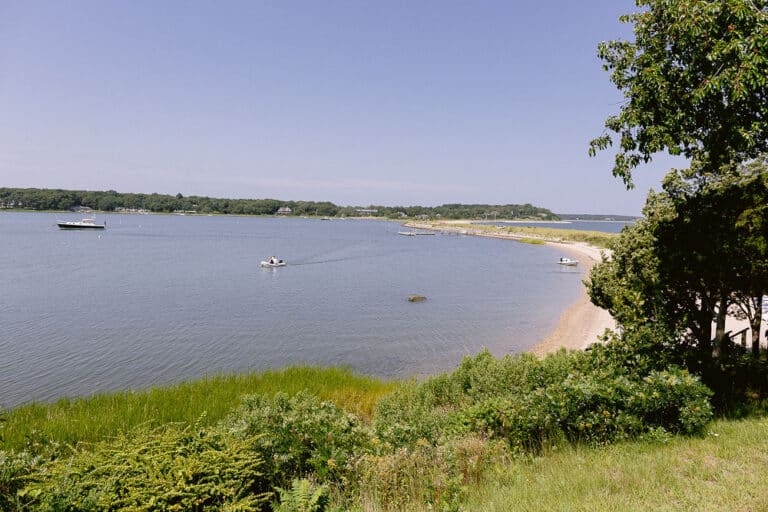Norway’s walking trails are ideal for those looking to combine nature, mindfulness and plenty of fresh air.
Pilgrim walks have been popular for centuries. Initially, they were done for religious purposes, but more recently, travelers looking for a luxury, wellness get-away have taken to exploring these routes as a way to get centered. In Norway, where hiking is second nature, the most popular pilgrimage walk is St. Olav Ways—a unique experience that combines Nordic history with modern-day Norwegian culture. The walk highlights various landscapes, from the rolling agricultural areas to beautiful valleys to the challenging plateau of the Dovre mountains.
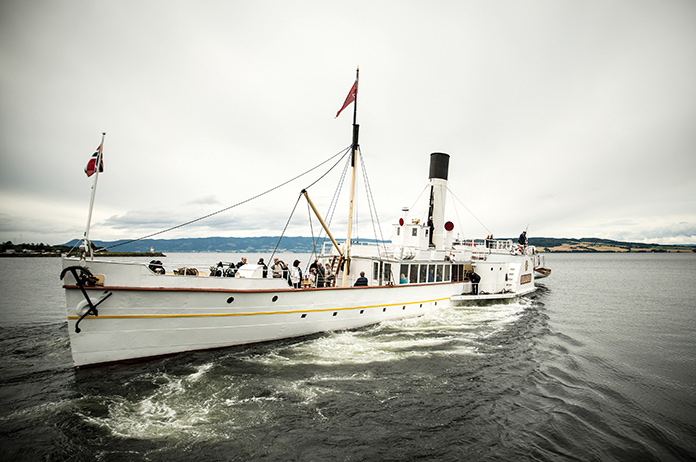
What to Expect
For adventurous travelers and avid hikers, the full St. Olav Ways path goes through Norway, Sweden and Denmark—giving it status as a European Cultural Route. All paths end on a high at the Saint Olav shrine in Nidaros Cathedral—one of the most important historical sites in the Nordic countries. But for first-time travelers, we recommend walking the Gudbrandsdalen path; it’s a great way to really experience the culture and food scene in Noway, where a culinary revolution has quietly been taking place the last several years. The focus is on local, sustainable and organic food sources. Sheep and goats that graze in outlying pastures along the coast and in the mountains. A cold and largely unpolluted climate ideal for growing fruit, berries and vegetables without extensive use of pesticides. Modest farms that produce milk, cheese and beef in healthy environments, virtually disease-free. And of course the extensive coastline with long and rich seafood traditions.
The pilgrim paths are quite long—stretching 400 miles from Oslo to Trondheim—so most travelers choose to do the walks in stages rather than all at once. It’s a great way to immerse yourself in the diverse regions of Norway. With the national railway going more or less parallel with the path from Oslo to Trondheim, the train is a good option to shorten the distances, but still get a real taste of the trail.
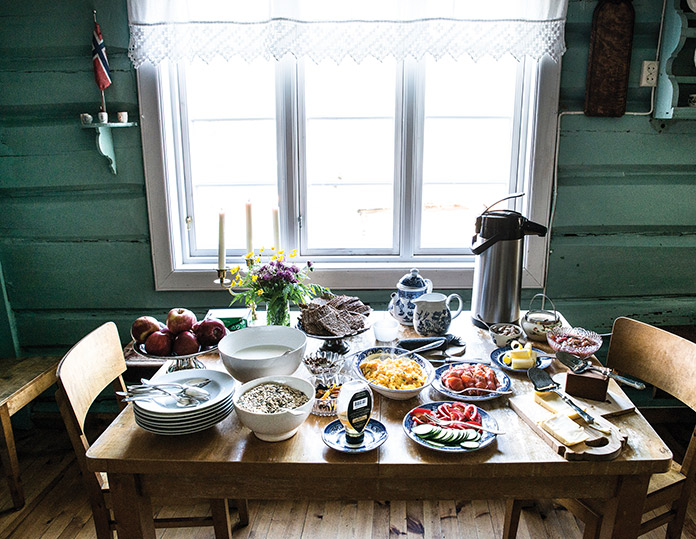
Lunch focuses on organic, locally-grown ingredients such as wild berries, cheese and grass-fed meat. 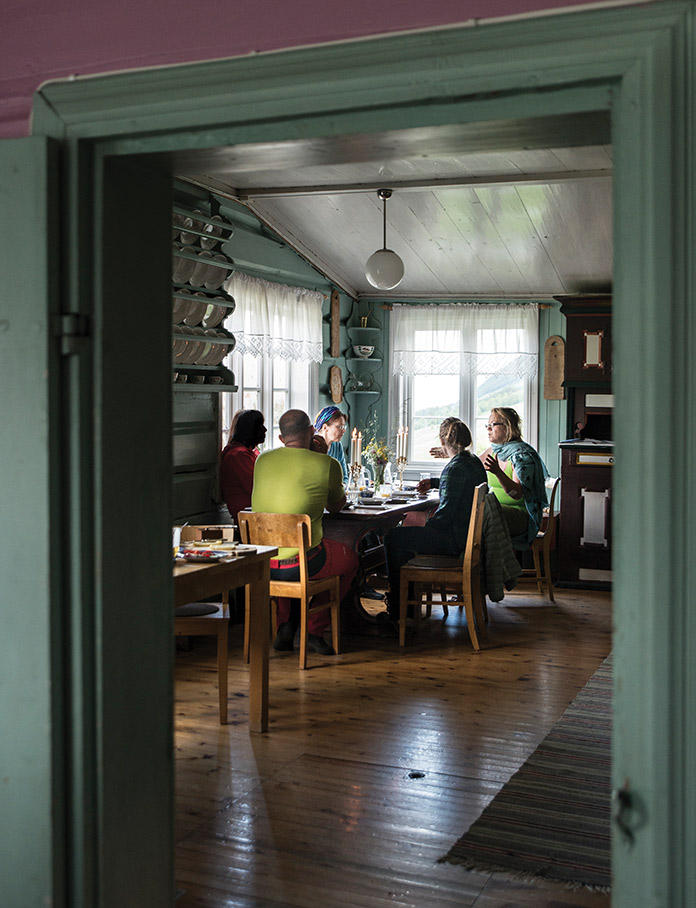
Traditional dishes such as fresh crab, salmon and the famous Atlantic “skrei” cod are often served for dinenr. 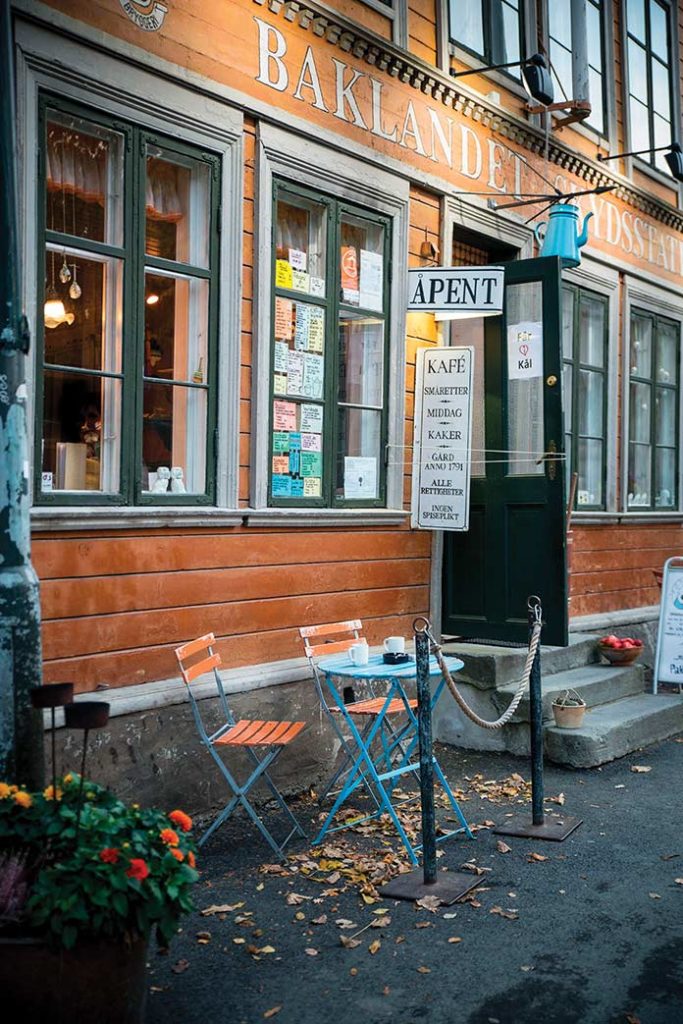
Baklandet Skysstasjon cafe serves traditional Norwegian cuisine
Where to Start
Travelers should fly into Oslo, Norway’s capital city, and spend a few days exploring here before starting the walk. Hit the Viking Ship Museum for some history and insight, and if you’re into art be sure to view Edvard Munch’s “The Scream” painting displayed in the Munch Museum, then tour the National Museum of Art, Architecture and Design. After a few days of
leisure, you’re ready for your walk to begin.
Take the train from Oslo to Gran and start the first day slowly, planning two to three hours of walking, including exploring the Granavolden where you’ll visit the Sisters Churches, two medieval churches dating to the 12th century. That night, stay at the Granavolden Gjæstgiveri (grana volden.no/eng) guest house which dates back more than 300 years and is nestled in a beautiful, historic setting.
Culture, Walking and Sailing
The next day, combine walking with a sailing trip on the historic Skibladner, which has been sailing for 162 years. Dating back to 1856, this ship was originally built as an express passenger and goods service from the north to the south of the lake, but now it’s considered to be one of the country’s top attractions. It’s the world’s oldest preserved paddle steamer and operates as an historic living museum vessel. After spending the morning sailing, start the walking trek to the glass cathedral—a beautiful structure of steel and glass, known as the Hamardomen, one of the prettiest and most unique museums in the country. That night, stay at Hoel Gård (hoel-gaard.no/), a scenic, historic estate located on the banks of Norway’s largest lake with amazing views of the surrounding green meadows and water. The restaurant there serves fresh, local produce—with many ingredients coming directly from the estate’s own garden—with a strong focus on traditional culinary favorites of the region.
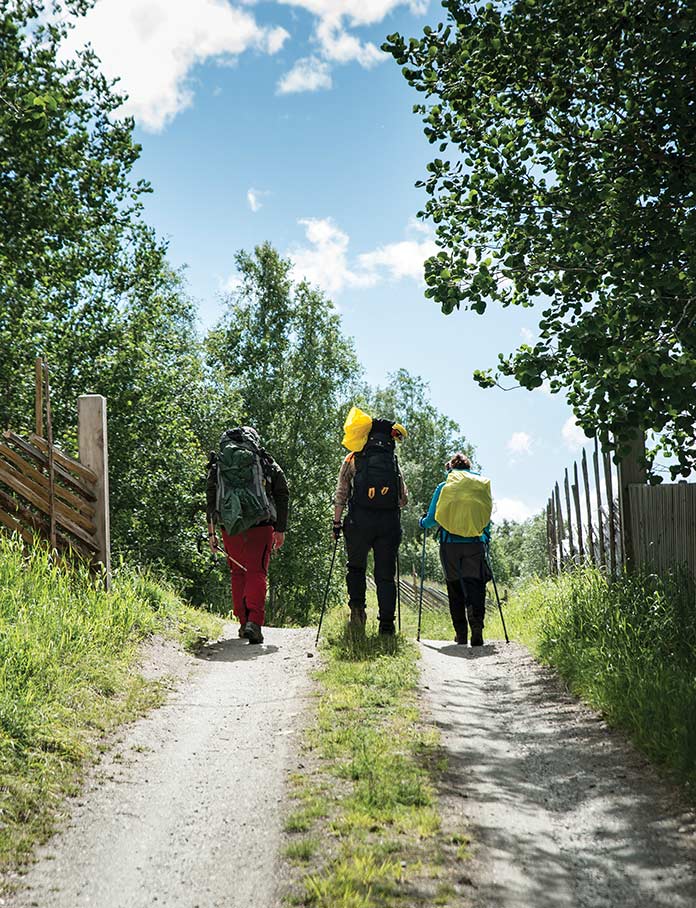
Mountains and Cathedrals
From Hamar, take the train to Dovre, and spend your third day crossing over the Dovre Mountain plateau. In the medieval ages it was considered quite dangerous, but today it is more accessible so the fresh crisp air, the well-maintained path and the beauty of the mountains make this day a favorite for many travelers. Finally take the train to the outskirts of Trondheim, making sure you walk the last stage of the pilgrimage. The last day, from Trøndelag to Nidaros Cathedral culminates in the highlight of the St. Olav Ways pilgrimage: Nidaros Cathedral is the world’s northernmost medieval cathedral and Norway’s national sanctuary. The cathedral is the burial church of St. Olav, the patron Saint of Norway. In addition to it now being one of Europe’s major historical pilgrim destinations, the church is the site of coronations and royal blessings each year.
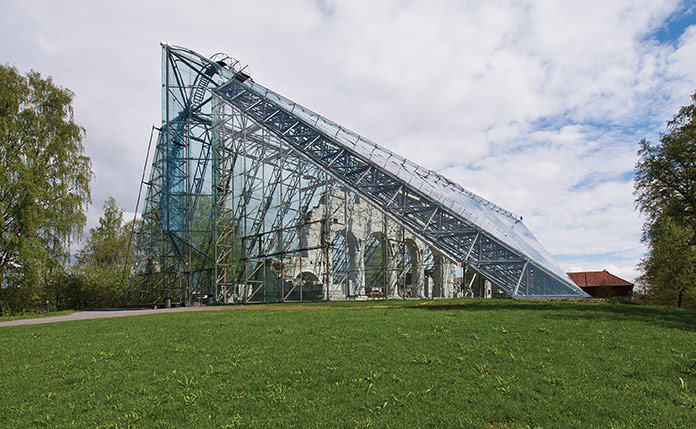
The unique glass structure surrounding the ruins of the Hamar Cathedral 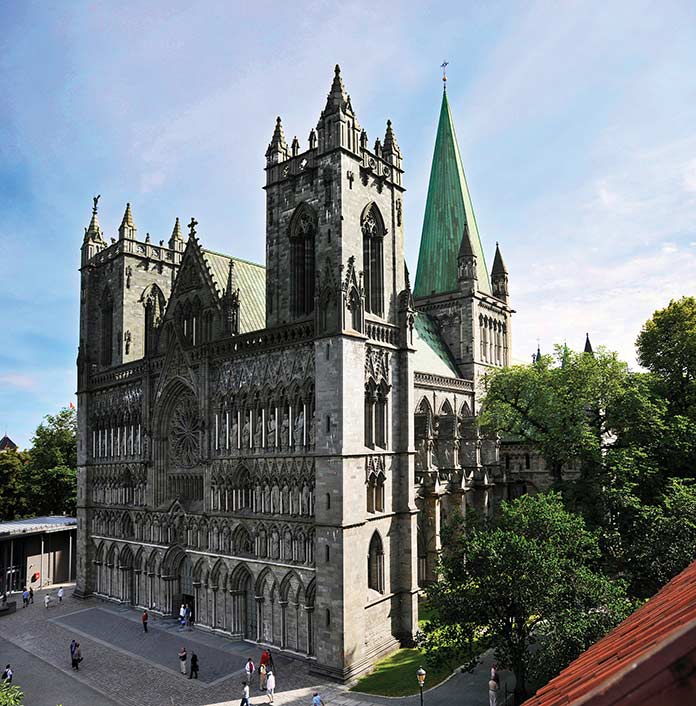
The Nidaros Catherdal in the northernmost gothic cathedral
Planning Your Trip
Travelers can book their walking pilgrimage through a tour operator; one we
recommend is Viking Walks (vikingwalks.com). Travelers should be in a moderate level of fitness, but, of course, the length and the duration of the walk each day can be tailored to each individual’s own pace. visitnorway.com
